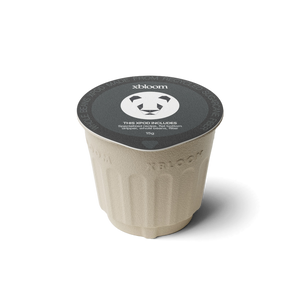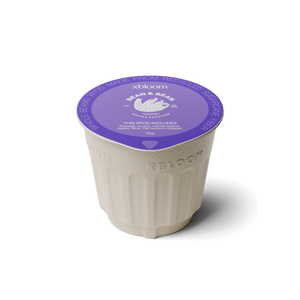Ever wondered why your coffee tastes different from one cup to another? The secret often lies in the roast. Let's uncover the mysteries of coffee roast levels and how they shape your daily brew.

Many coffee enthusiasts and casual drinkers alike often ponder:
Why do specialty coffees often favor light roasts?
Does a darker roast mean stronger coffee?
Is oil on the surface of coffee beans a sign of quality?
Breaking Down Roast Levels: What Really Happens During Roasting?
So, what exactly changes as coffee roasts? It’s more than just the color—it’s a complex chemical transformation, and one of the most important reactions happening inside the beans is the Maillard reaction.
The Science Behind Flavor: The Maillard Reaction
The Maillard reaction is what makes toast smell delicious, steak develop a perfect sear, and coffee taste rich and complex. It happens when heat causes amino acids (proteins) and sugars to react, creating hundreds of new aromatic and flavorful compounds. The longer coffee is roasted, the more these compounds evolve, shifting the taste from bright and fruity to deep and roasty.
Coffee roasting is both an art and a science. Roasters apply heat to green coffee beans, transforming them into the aromatic brown beans we recognize. This process not only changes the bean's color but also its flavor, aroma, and acidity. Here's a breakdown of the primary roast levels:
Light Roast:
Color: Light brown
Surface: Dry, no visible oils
Flavor Profile: Retains most of the bean's original characteristics, offering bright acidity and nuanced flavors. Common descriptors include fruity, floral, and citrusy notes.
Common Names: Cinnamon Roast, New England Roast
Medium Roast:
Color: Medium brown
Surface: Still dry
Flavor Profile: Balanced acidity and body, with a rounded flavor. This roast level begins to introduce caramelization, adding sweetness.
Common Names: City Roast, American Roast
Medium-Dark Roast:
Color: Rich, darker brown
Surface: Slight sheen of oils
Flavor Profile: Evident roast flavors with hints of spice and a heavier body. Acidity diminishes, making way for deeper flavors
Common Names: Full City Roast, Vienna Roast
Dark Roast:
Color: Dark brown to almost black
Surface: Shiny, oily appearance
Flavor Profile: Dominated by roast characteristics, often described as smoky, chocolaty, or even burnt. Original bean flavors are overshadowed by the roasting process.
Common Names: French Roast, Italian Roast
How Roast Levels Impact Flavor Through the Maillard Reaction
Light Roast: The Early Stages of Maillard Magic
The Maillard reaction just begins, preserving the coffee’s original fruity and floral notes.
Minimal caramelization means flavors are crisp, bright, and tea-like.
If you love complex acidity and origin character, this is where to start!
Medium Roast: The Sweet Spot
The Maillard reaction is in full effect, producing nutty, caramel-like sweetness.
Acidity mellows, while the body becomes fuller and smoother.
This roast level is often the best for balanced, crowd-pleasing flavors.
Dark Roast: The Maillard Reaction Peaks & Pyrolysis Begins
As roasting continues, caramelization intensifies, leading to bold, bittersweet flavors.
The original coffee characteristics are masked, replaced by deep chocolate, smoky, and toasty notes.
Oils rise to the surface, giving dark-roasted beans their shiny appearance.
Spoiler Alert: We’re releasing something special that lets you experience roast levels in coffee—stay tuned!
xBloom Coffee Chronicles is about telling the stories behind every cup, connecting people, places, and passions through the world of specialty coffee.
Join us on this journey of discovery—taste, learn, and experience the stories behind every cup.
Follow xBloom Coffee Chronicles and brew with us!

















